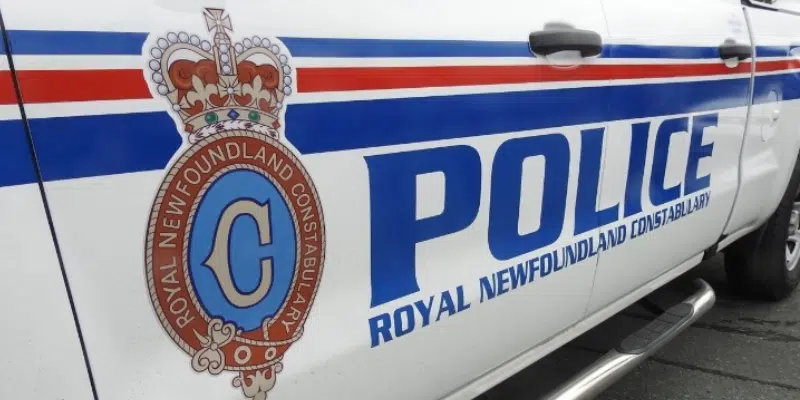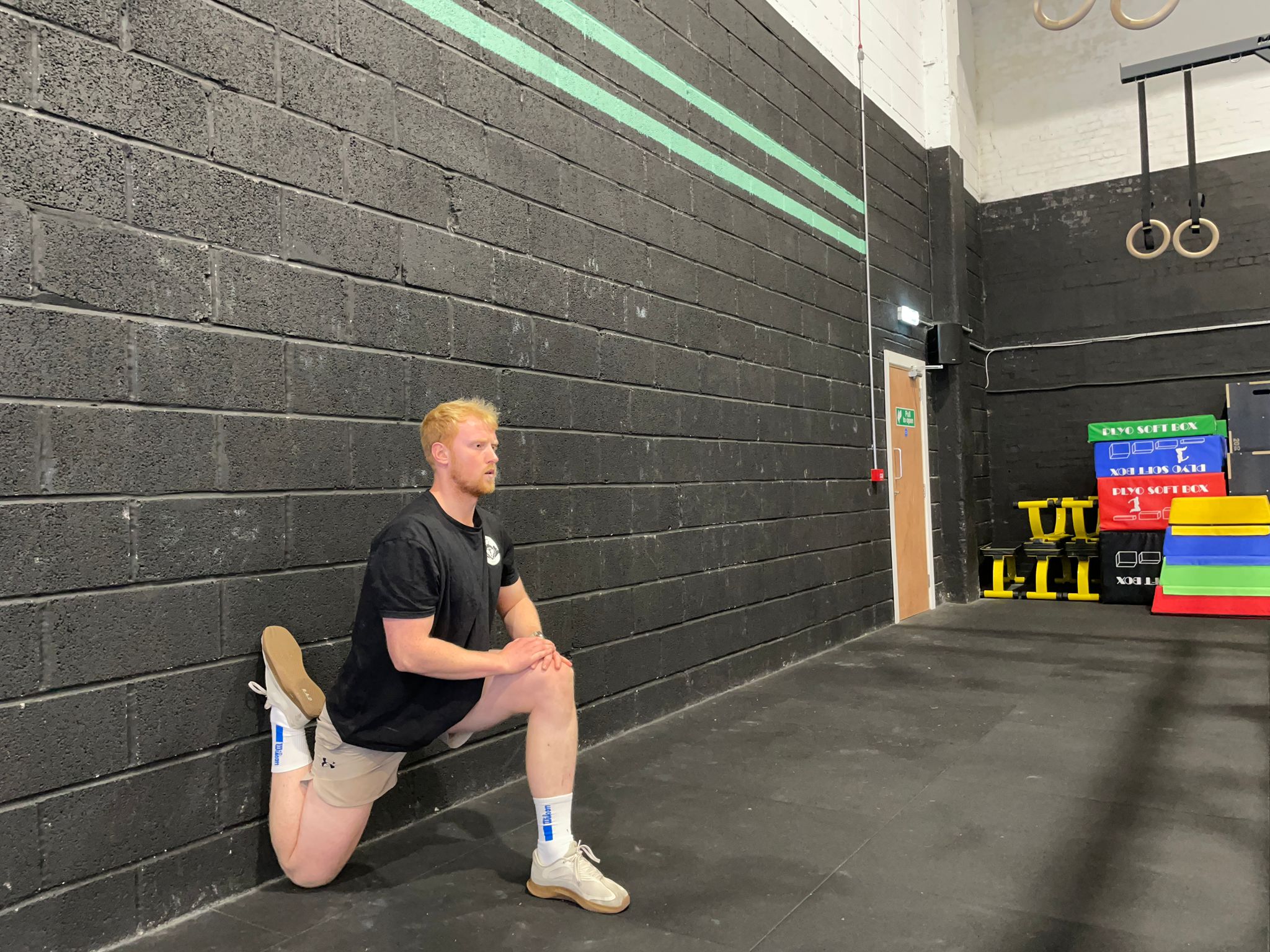Deadly Imposter: Bromazolam Found Disguised as Xanax, Sparks Overdose Concerns in North America
By archyde.com News Team | April 4, 2025
A dangerous synthetic drug is making its way into North American communities, camouflaged as a common anti-anxiety medication. Law enforcement and public health officials are now sounding the alarm.
The Threat: Bromazolam Mimics Xanax
In early 2025,the Royal Newfoundland Constabulary (RNC) issued a public warning about the presence of Bromazolam in the province. This substance, found in pills deceptively resembling Xanax, poses a meaningful risk to unsuspecting individuals.
What makes Bromazolam so dangerous? It’s a synthetic benzodiazepine,a class of drugs that depresses the central nervous system. However, unlike prescription benzodiazepines, Bromazolam is unregulated, meaning its potency and effects are unpredictable. This poses a unique threat to users.
the RNC confirmed the presence of Bromazolam following a recent sudden death on the northeast Avalon peninsula. This tragic event underscores the life-threatening potential of this illicit substance.
The RNC says they have confirmed the presence of Bromazolam,which was present in a pill presenting as xanax.
The incident has highlighted the urgent need for increased awareness and preventative action across North america. The concern is not just limited to Canada; similar incidents have been reported sporadically throughout the U.S., frequently enough masked within counterfeit pills bought online or on the streets.
Bromazolam: An Unapproved and Possibly Lethal Drug
The RNC emphasized that Bromazolam “is not approved for use in any country and can lead to death—especially when taken with other opioids such as fentanyl.” this alarming combination,ofen referred to as “benzo-dope,” significantly elevates the risk of overdose.
The danger of Bromazolam lies in its interaction with other substances,particularly opioids like fentanyl,which is already a major contributor to the overdose crisis in the United States.According to the HHS.gov, “As the overdose crisis continues to change, we must take a pragmatic, evidence-based approach to saving lives, reducing risk, and removing barriers to effective interventions.”
the Centers for disease Control and Prevention (CDC) report provisional data indicating over 107,000 drug overdose deaths in the United States in 2024 alone. The introduction of Bromazolam into the illicit drug supply only exacerbates this already dire situation.
| Drug | Potential Effects |
|---|---|
| Bromazolam | Sedation, anxiety reduction, muscle relaxation; unpredictable potency. |
| Fentanyl | Pain relief, euphoria; highly potent, frequently enough lethal in small doses. |
| Bromazolam + Fentanyl | Extreme respiratory depression, coma, death. |
Naloxone Ineffectiveness and Choice Strategies
Compounding the danger, standard overdose reversal treatments like naloxone (Narcan) are less effective against benzodiazepines, including Bromazolam.
Naloxone kits are not effective in combatting the effects of benzos.
While naloxone can reverse opioid overdoses, it does not address the respiratory depression caused by benzodiazepines. This means that in cases of “benzo-dope” overdoses, naloxone alone may not be sufficient, and additional medical intervention is crucial.
As a notable example, Flumazenil is a medication that can reverse the effects of benzodiazepines, but it is indeed not as widely available as naloxone and must be administered by trained medical professionals due to potential side effects, like seizures. This highlights the importance of immediate medical attention in suspected Bromazolam overdoses.
Risk Reduction and Prevention: A Multifaceted Approach
Given the challenges in combating Bromazolam overdoses,prevention and harm reduction strategies are paramount. The RNC offers the following recommendations:
- Be aware of the presence of Bromazolam.
- Never use drugs alone.
- Check drug strength by beginning with small amounts.
- Have Naloxone on hand (though understand its limitations with benzos).
- Talk with a health care provider about reducing risk.
These guidelines are relevant across North America. In addition, public health organizations are advocating for:
- Expanded drug testing programs: Providing accessible and anonymous drug checking services allows individuals to test substances for the presence of adulterants like Bromazolam before use.
- Increased access to addiction treatment: Expanding access to evidence-based treatment, including medication-assisted treatment (MAT) for opioid use disorder and behavioral therapies, is crucial in reducing the demand for illicit drugs.
- Public awareness campaigns: Educating the public about the dangers of Bromazolam and other synthetic drugs can help prevent accidental overdoses. These campaigns should target both individuals who use drugs and their families and friends.
- Harm reduction services: Implementing harm reduction strategies,such as supervised consumption sites,can provide a safe habitat for individuals to use drugs under medical supervision,reducing the risk of overdose and other harms.
Addressing Potential Counterarguments
Some argue that focusing on harm reduction strategies enables drug use. Though, studies have consistently demonstrated that harm reduction interventions save lives and reduce the negative consequences of drug use. For example, supervised consumption sites have been shown to reduce overdose deaths and the spread of infectious diseases.
Others might argue that the focus should be solely on law enforcement efforts to stop the flow of illicit drugs.While law enforcement plays a crucial role, a purely enforcement-based approach has proven ineffective in stemming the tide of the overdose crisis. A comprehensive strategy that combines law enforcement with public health interventions is necessary to address this complex issue.
Looking Ahead: A Call for Collaborative Action
The emergence of Bromazolam as a hidden danger in the drug supply underscores the urgent need for a collaborative and multifaceted approach to addressing the overdose crisis in North America. Public health agencies,law enforcement,healthcare providers,and community organizations must work together to raise awareness,expand access to treatment,and implement harm reduction strategies to save lives and protect communities.
As the HHS.gov states, we must provide “care and services that respect the health and dignity of people who use drugs.” This includes recognizing that addiction is a complex medical condition that requires compassion, evidence-based treatment, and a commitment to reducing harm.
What are some other ways to help combat this drug epidemic?
Interview: Dr. Evelyn Reed on Bromazolam’s Threat to North America
By archyde.com News Team
Introduction: The Bromazolam Crisis
Archyde: Dr. Reed, thank you for joining us. The emergence of Bromazolam disguised as Xanax is deeply concerning. Can you give us an overview of the current situation in North America?
Dr. Reed: Thank you for having me. The situation is indeed alarming. Bromazolam, a synthetic benzodiazepine, is appearing in counterfeit Xanax pills, posing a severe and often lethal risk because of its unpredictable nature and the frequency of users already using opioids, like fentanyl. We’re seeing rising overdose numbers, which highlights the urgent need for action.
Understanding the Risks: Bromazolam vs. Xanax
archyde: could you explain why Bromazolam is more hazardous than the prescription benzodiazepines it mimics, such as Xanax?
dr. Reed: The key difference lies in regulation. xanax is a controlled substance with established dosages and known effects.Bromazolam is unregulated. Its potency can vary wildly from pill to pill, making it nearly impractical for users to know what they’re taking. It also carries an unknown range of effects due to the unknown dose.
The Deadly Combination: Bromazolam and Opioids
Archyde: The article highlights the danger of combining Bromazolam with opioids like fentanyl. Can you elaborate on the risks of this combination?
Dr. Reed: Absolutely. Both benzodiazepines and opioids depress the central nervous system. Combining them drastically amplifies this effect, leading to severe respiratory depression, coma, and death. This is why we often see these deadly cocktails, many times unknowingly, being consumed by users.
Harm Reduction and Prevention Strategies
Archyde: What harm reduction strategies are most effective in mitigating the risks associated with Bromazolam?
Dr. Reed: The best approach is multifaceted.Firstly, awareness is key. People need to know about bromazolam and the risks. Secondly, never use alone, if using. thirdly, test substances if you are doing drugs. Fourthly, have naloxone (Narcan) on hand, even though it is limited in how it helps.Additionally, access to drug testing and safe consumption sites are crucial. Also, expanding access to addiction treatment and public awareness campaigns will also help.
Naloxone’s Effectiveness: A Critical Distinction
Archyde: The article points out that naloxone is less effective against benzodiazepine overdoses. Could you clarify this?
Dr. Reed: Naloxone is an opioid antagonist. It reverses the effects of opioids. While it can be life-saving in an opioid overdose, it doesn’t address the respiratory depression caused by benzodiazepines like Bromazolam. Therefore, naloxone alone may not be enough when Bromazolam is involved. Additional medical intervention is almost always needed.
A Call for Collaborative Action
Archyde: What would you say is the most crucial step to address this growing crisis?
Dr. Reed: Collaboration. It’s essential that public health agencies, law enforcement, healthcare providers and community organizations work together. Each plays a vital role in raising awareness, expanding treatment options, and implementing evidence-based harm reduction strategies.We need to move away from a solely punitive approach and embrace a public health outlook that prioritizes saving lives.
Community Engagement and discussion
Archyde: Dr.Reed, thank you for the invaluable insights. What do you think the readers can do to help combat this issue?
Dr. Reed: The most crucial thing is being informed and sharing that data. Talk to your family and friends. Support harm reduction initiatives in your community. Advocate for policy changes that prioritize public health and reduce the demand for illicit substances. Consider, what are some other ways you can think of that we can definitely help combat this drug epidemic? Please leave us your comments and suggestions below.








